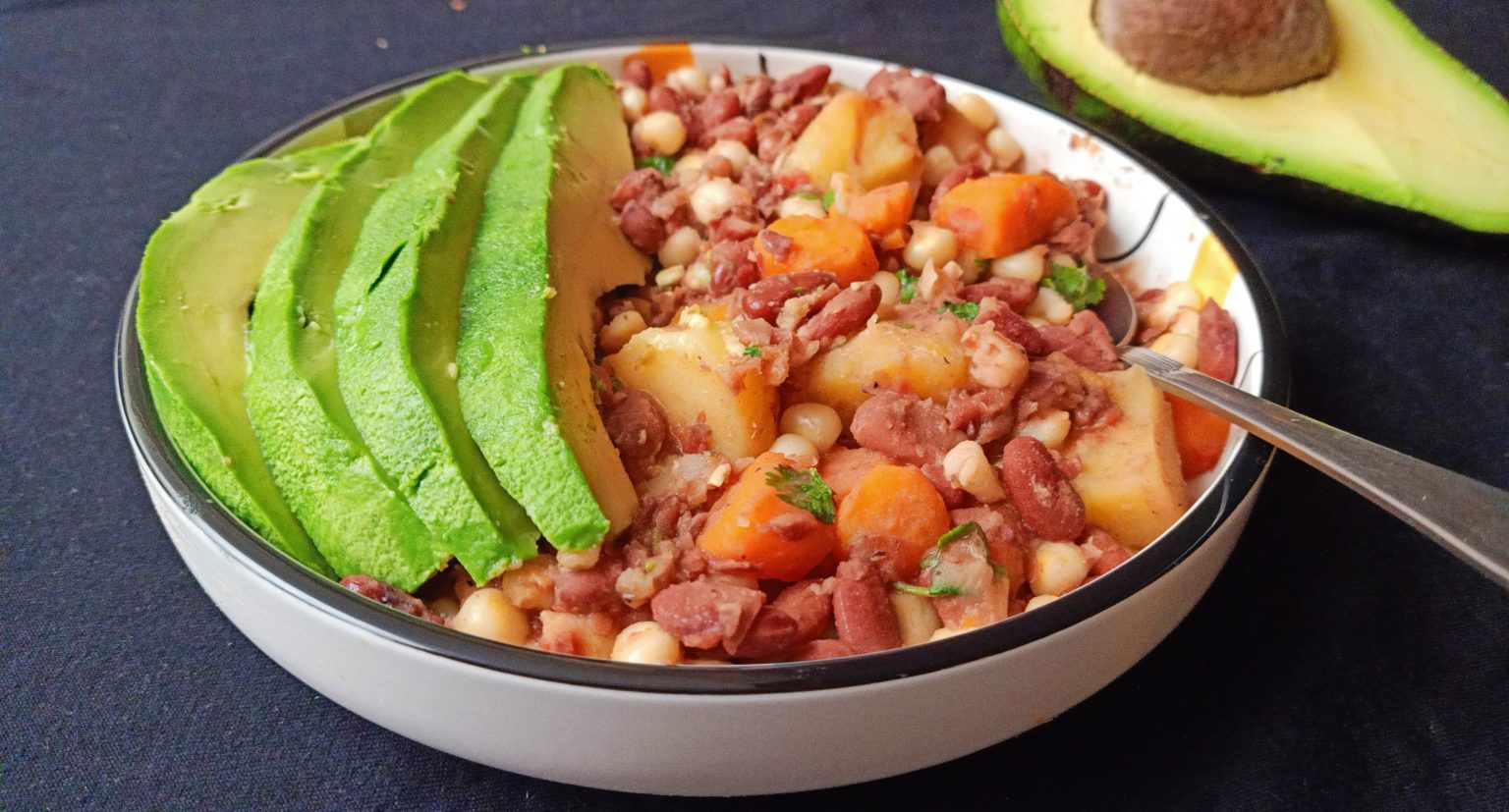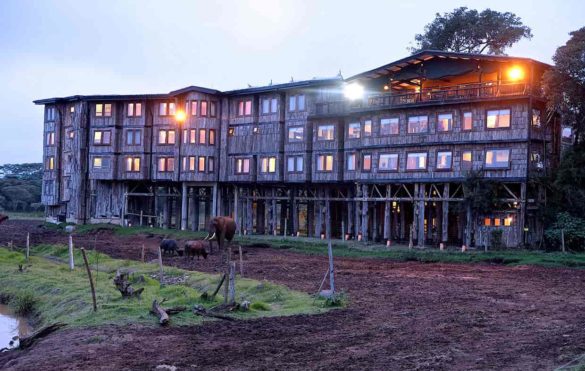
Recently, the Narok county government banned the use of private cars at the Maasai Mara National Park. Most travellers prefer the use of personal vehicles because they enables them to connect with nature while immersing themselves in the wilderness. However, this may not be an option any more as the self-driven safaris have been banned […]








